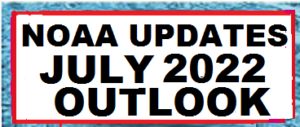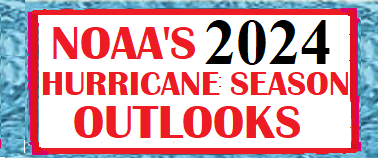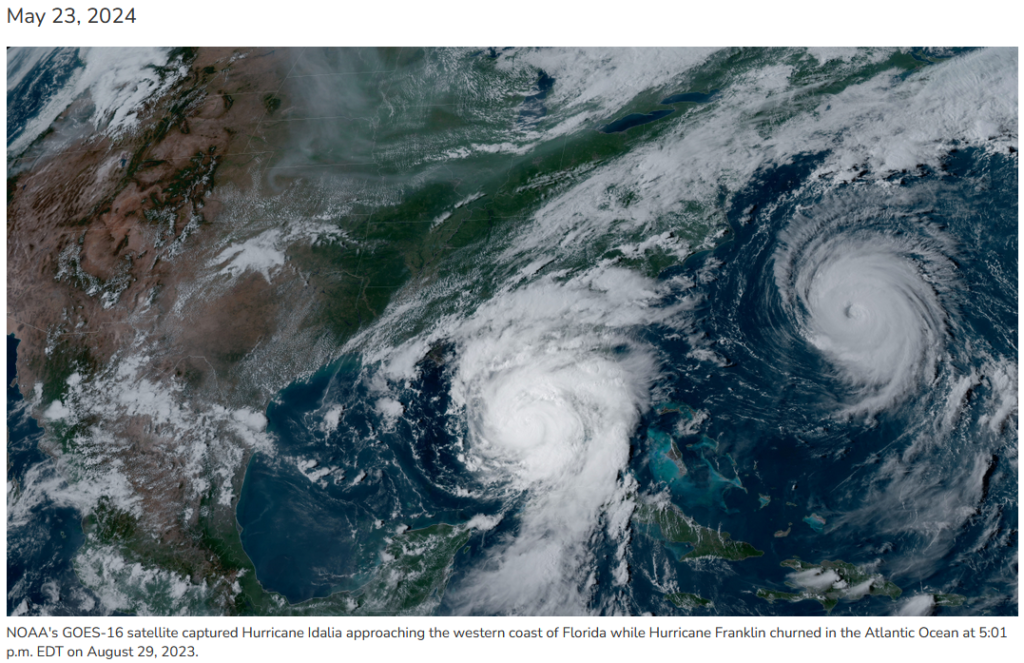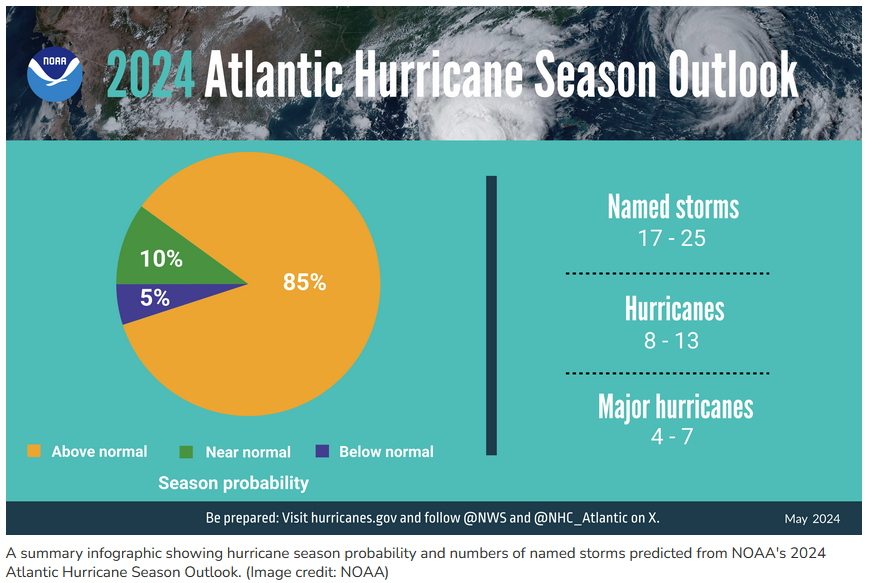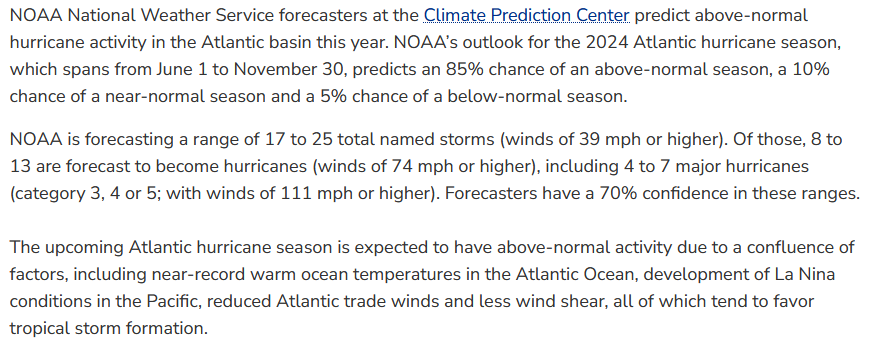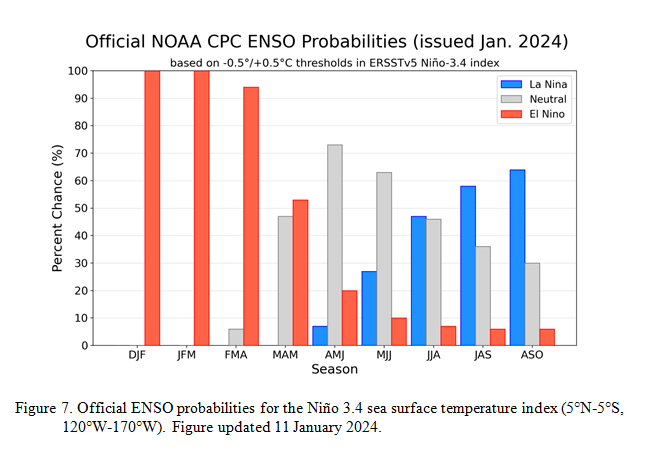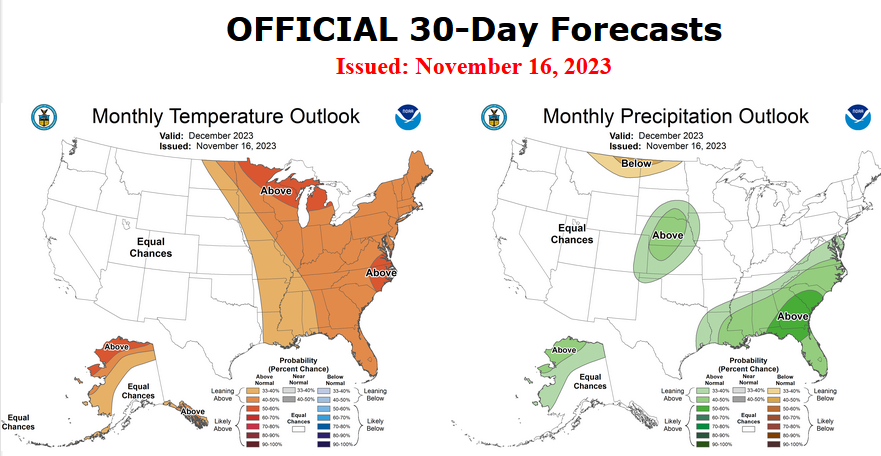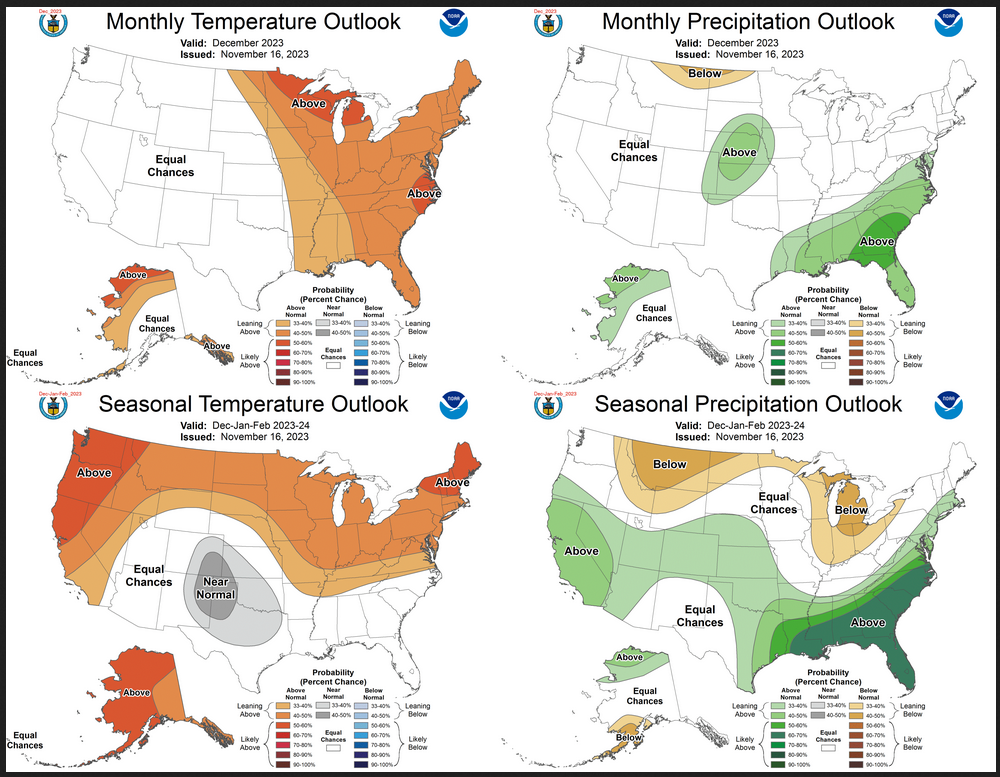Updated at 2:30 am EDT July 2, 2022 to incorporate the Week 3 – 4 Outlook which suggests that the second half of July will not be as cool in the Northwest but perhaps less warm elsewhere and the Monsoon may be less robust but some other areas will be less dry.
At the end of every month, NOAA updates their Mid-Month Outlook for the following month which in this case is July. They also issue a Drought Outlook for the following month and update the three-month Drought Outlook. We are reporting on that tonight. The updated Outlook is very similar to the Mid-Month Outlook. This is surprising since the Mid-Month Outlook was issued two weeks ago and there usually are more changes in that period of time.
For temperature, the shape and location of the large dry anomaly have changed a bit. The cool anomaly in the Northwest is now slightly larger. For precipitation, the area where an above-average Monsoon is forecasted is a little larger and shifted a bit to include more of New Mexico. there is a new small dry anomaly
We provide partial-month Outlooks for the first 22 days of July which allows us to somewhat assess if the Monthly Outlook is consistent with the partial-month Outlooks and it generally is. But we will not be able to answer that question definitively until the Week 3-4 Outlook is issued tomorrow. We will provide an update at that time.
We also provide enough information for readers to understand any changes from the Mid-Month Outlook and we try to figure out why these changes were made. Many of the changes are explained in the NOAA discussion which is included in the article. The partial-month forecasts that we have provided show how NOAA thinks this will play out as the weather pattern evolves during July.
There is also a discussion of the ENSO condition which is ever so slightly different than what NOAA used to develop the Mid-Month Outlook. But there is a fairly strong signal that this La Nina will end in late winter 2022/2023. The impacts on weather may not be noticed until Spring. But that is just the current forecast and can change.
We have also begun our tropical storm coverage. Yes, it is that time of the year. We are also providing special coverage of the Monsoon by providing the links to those daily updates.
